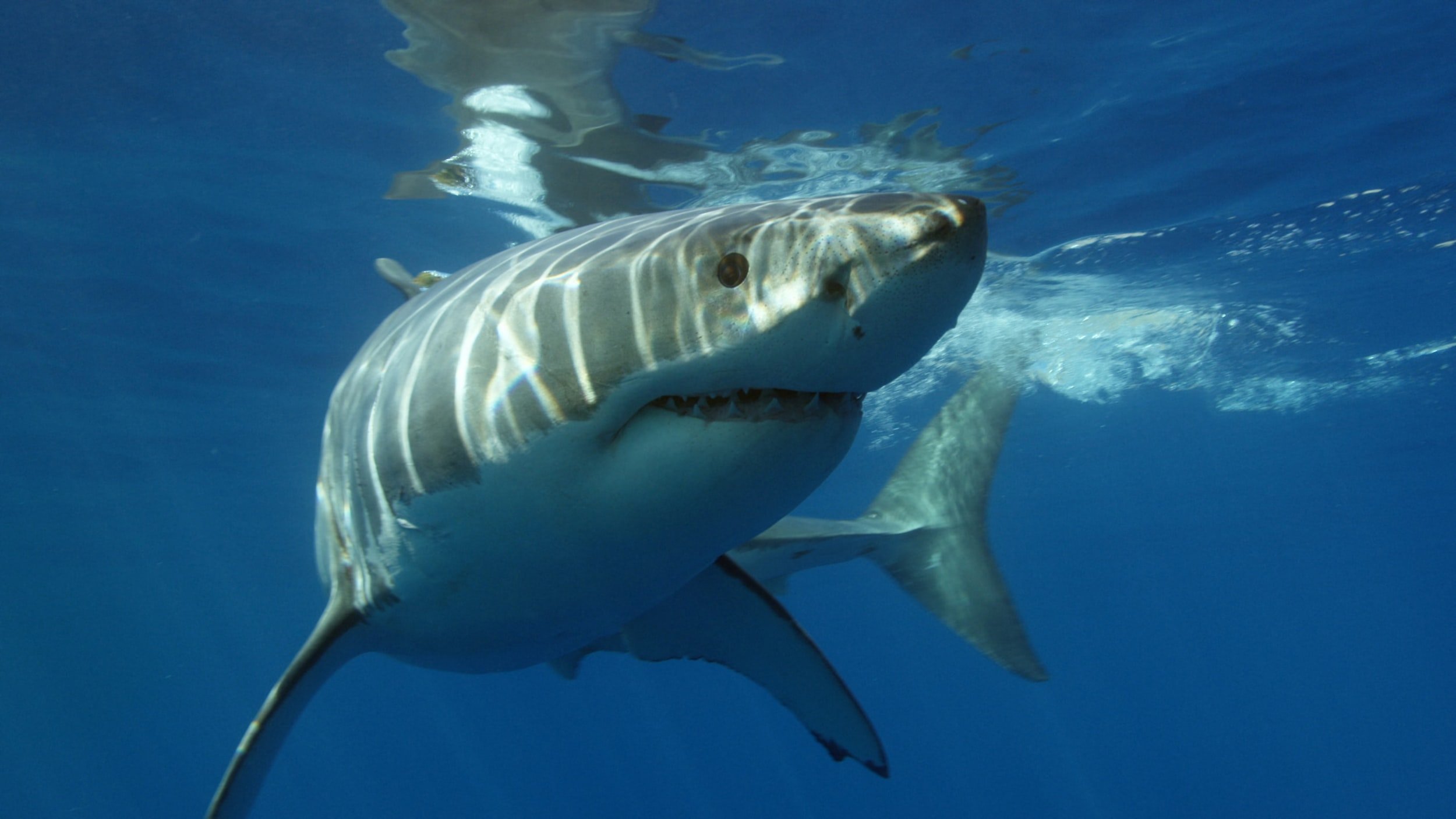What Do Great White Sharks Eat?
At the top of the ocean's food chain, great white sharks are renowned predators. These majestic creatures can grow up to 20 feet long and weigh over 4,000 pounds. But what do they eat? In this article, we will take an in-depth look at the diet of great white sharks.
The Basics of Great White Sharks' Diet
Great white sharks are known for their diverse diet, which includes a variety of marine animals.
They primarily feed on seals, such as grey seals, northern elephant seals, harbour seals, earless seals, and brown fur seals.
In addition to seals, great white sharks eat various species of dolphins, including harbour, dusky, and bottlenose. They are also known to prey on whales, including beaked whales and humpbacks. In this infamous footage, a great white shark can be observed killing and eating a whale caught in fishing gear.
Great white sharks prey on a variety of fish too, such as tuna and mackerel, as well as seabirds like gulls, penguins, and cormorants. They’ll also eat rays and even other sharks. Finally, they have been observed eating turtles.
Here’s the full list:
Seals: grey, northern elephant, harbour, earless, and brown fur seals
Dolphins: harbour, dusky, and bottlenose
Whales: beaked whales and humpbacks
Fish: tuna and mackerel
Seabirds: gulls, penguins, and cormorants
Rays
Other sharks
Turtles
Great White Shark Hunting Techniques
Great white sharks are opportunistic hunters and use different techniques depending on their prey. They are known for their ability to ambush their prey from below, breaching the surface of the water to catch it by surprise. They can also use a stalking approach, slowly swimming towards their prey, and then suddenly lunging forward to attack. Sharks of all kinds will often avoid direct confrontation, as an injury can reduce their hunting efficiency, something that can ultimately prove fatal.
The Role of Shark Teeth in Hunting
Great white sharks' teeth are designed to rip and tear flesh. Their teeth are arranged in several rows, and as the front teeth are worn down, they are replaced by new ones from behind. This means that a great white shark can lose up to 50,000 teeth in its lifetime.
Great White Shark Diet Variations
The diet of great white sharks varies depending on their location and the availability of prey. For example, great white sharks in the waters of South Africa have been observed preying on Cape fur seals. In California, their diet primarily consists of sea lions.
What do Great Whites Eat? Quick Summary
Great white sharks are top predators with a diverse diet that includes marine mammals and fish. They are skilled hunters and have developed unique techniques to catch their prey. Their teeth play a vital role in hunting and are constantly replaced throughout their lives.





